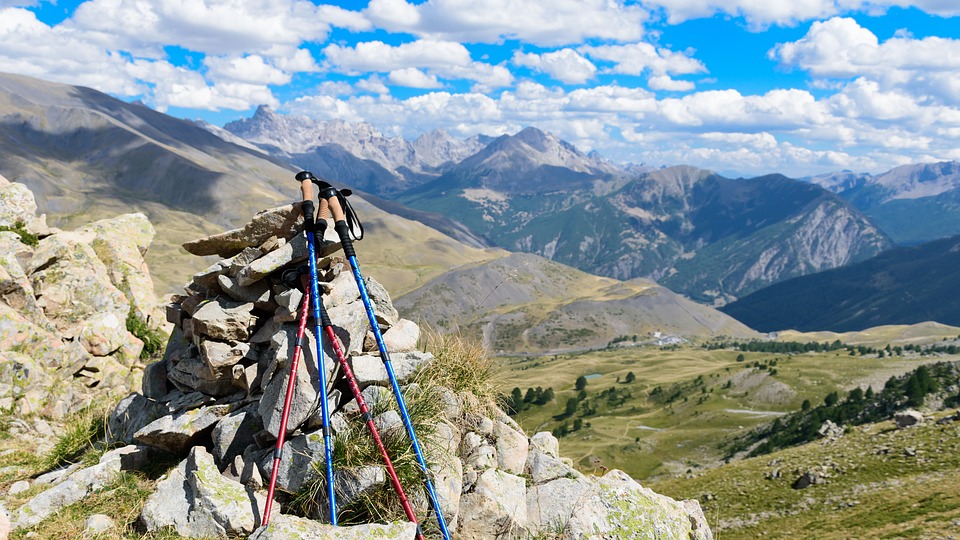For anyone new to football (specifically goalkeeping) the backpass rule is one that can catch you off guard. It’s one that, with a beginner friendly women’s team I’m involved with, we’ve had to cover a couple of times as it’s so easy to take for granted and assume that people know all the rules. Beginners often don’t.
So here’s a simple explanation of the back-pass rule (which is only in itself around 30 years old now) and how it affects goalkeepers.
What is the backpass rule in football?
The backpass rule in football is pretty straightforward.
Essentially, it states that if a player deliberately kicks the ball back to their own goalkeeper, the goalkeeper is not allowed to pick it up with their hands. Instead, the keeper must use their feet or another part of their body to control the ball. The rule only applies when the ball is passed with the foot back to the keeper.
So if a player heads the ball, chest passes it or uses any other non-foot part of the body to pass the ball back to the keeper, the keeper can still pick it up with their hands.
What if a player accidentally kicks it back to the keeper?
So you’ll notice in the wording that the backpass rule applies to “deliberate passes.”
If a striker shoots and the ball deflects from a defender’s foot towards the goalkeeper, the keeper can pick it up. This would be an exception as the pass was accidental.
Another exception might be a defender trying to clear the ball, miss kicking it and it bobbling around in the box before the keeper gets their hands on it.
In that case, the defender was not intending to pass back to the keeper but was trying to clear the ball. So it would not be a deliberate back pass.
Why does the backpass rule exist?
This is, in football terms, a relatively new rule introduced by FIFA in 1992.
But why?
Before this rule, goalkeepers could pick up any pass from a teammate, which led to some rather dull and defensive football. Teams would often pass the ball back to the goalkeeper repeatedly to waste time, especially if they were leading late in the game. This slowed down the pace and excitement of matches, leading to frustration among fans and players alike.
By preventing goalkeepers from picking up deliberate backpasses, the rule aimed to encourage more attacking play, reduce time-wasting, and keep the game flowing.
So, in short?
In short, the backpass rule stipulates that if a player uses their foot to deliberately pass back to the goalkeeper, the goalkeeper cannot pick the ball up.
Simple.






